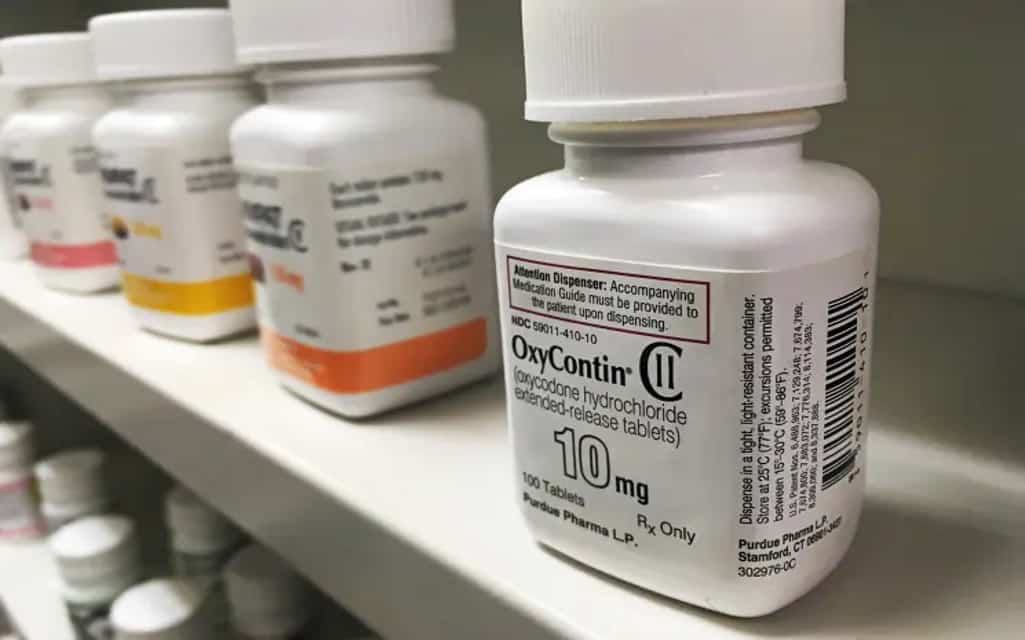Prescription pain medication abuse is not new to the society. OxyContin abuse is set apart from other prescription drug abuse by two primary factors. Oxycodone, the active ingredient in OxyContin, is a much more amount than the main ingredient in other pain killers. When OxyContin is ingested by either snorting or chewing or by diluting it in water and injecting it, abusers feel the strong effects in a short period rather than it being spread out over 12 hours. The other factor is financial gain from the illegal sale of OxyContin. There is a huge margin for profit. A 40mg prescription tablet costs about $4, but it can quite possibly sell for $20 to $40 on the street, depending on the geographic region.
If it is legitimately prescribed and the cost is covered under an insurance plan, OxyContin can be fairly inexpensive. Abusers whose insurance will no longer cover OxyContin may turn to heroin to feed their addiction. The reason for this is when purchased illegally, and heroin is less expensive. Thus, we can say that OxyContin is highly addictive and lead the consumer to addiction treatment services sooner or later.
OxyContin abuse is also linked to the crime. In rural areas with labor-intensive house industries, such as logging or coal mining, there are many reports of OxyContin abuse. You will often find the industries located in economically depressed areas. Although the drug may have been legitimately prescribed for someone, they may be tempted to sell their prescription to make extra cash. According to drug rehab treatment agencies, the addiction may be so severe that the abuser will go to great depths to get the drug, including but not limited to robbing pharmacies and writing fictitious prescriptions.
A person becoming somewhat physically dependent as a side effect of taking prescribed OxyContin does not necessarily become addicted (there is a difference).
Evidence of prolonged use of opiates and opioids indicates that individuals become tolerant and may require larger dosages but are not necessarily addicted. They may become physically dependent on these drugs, but studies indicate most patients that are prescribed opioids for pain do not become addicted. In a study by NIDA, more than 12,000 patients who were given opioids for acute pain, only four out of all that were surveyed actually became addicted. Another study confirmed most chronic pain patients that received opioids for 4 to 7 years, only 2 out of 38 patients studied actually became addicted, and both had a previous drug abuse history.
When OxyContin or any other opioids are prescribed, individuals may become dependent on the drug but will not be actually addicted to the drug. When a person becomes dependent on OxyContin or any other opioids, they will need to be withdrawn under the supervision of a qualified physician. As long as an individual and their physician agree that taking the medication is a medically suitable way for them to manage their pain, the individual should continue to follow their physician’s instructions regarding the use of this or any medication.



